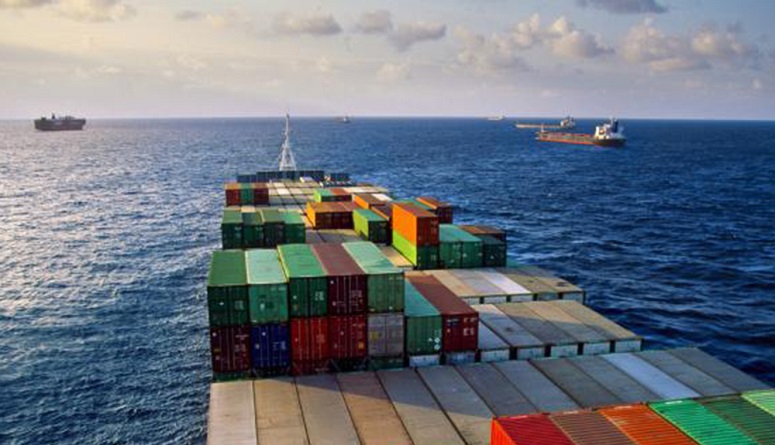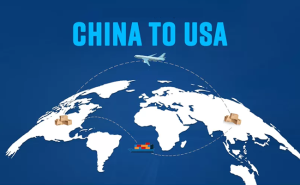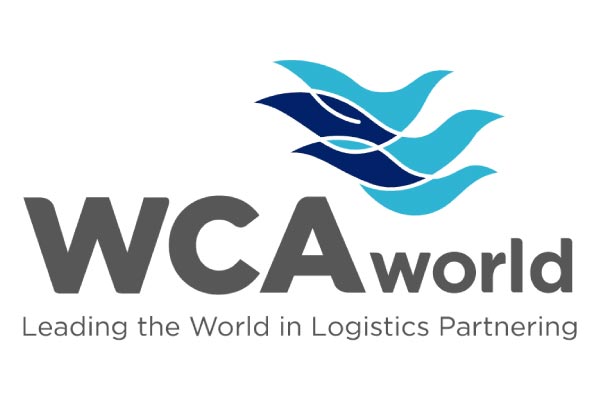Are you going to ship cargo and aren’t sure which one you should choose? In this article we tell you the advantages of each of these shipping methods.
The terms FCL and LCL refer to the two main shipping modalities: full container FCL shipments and LCL shipments where different loads from different suppliers consolidate a full container.
Full container shipping, as the name suggests, is a shipment in which a shipper’s merchandise travels inside a container without sharing space with other cargo. Here the entire container is at the disposal of the importer or exporter.
In contrast, an LCL is a type of shipment in which the cargo travels inside a container together with the loads of other exporters. That is why this modality is also known as ‘shared container’.
In logistics, the acronyms FCL and LCL are often used because of their English names:
- FCL: Full Container Load
- LCL: Less than Container Load
To decide which is the best option, there are four key aspects that, as an exporter or importers, you should be clear about before booking: volume, security, cost and urgency.

Differences
Shipping volume
Shipping volume refers to the quantity of goods you are going to import or export. It is usually the deciding factor in choosing between an FCL or an LCL.
FCL and LCL: FCL shipments are usually the most economical when the load exceeds 10 standard pallets On the other hand, LCL shipments are more suitable for smaller volume shipments, normally between 1 and 2 pallets. The cost of international transportation is one of the main factors in the decision to ship FCL or LCL. FCL and LCL: For low-volume cargo (between 2 and 13 m3), the most economical option is usually LCL shipping. From 13 m3, the most competitive option is usually the FCL, even if the container is not completely filled. In addition to price, FCL and LCL shipments also differ in rate stability. In general, FCL rates suffer from high volatility. LCL rates, however, are much more stable.










